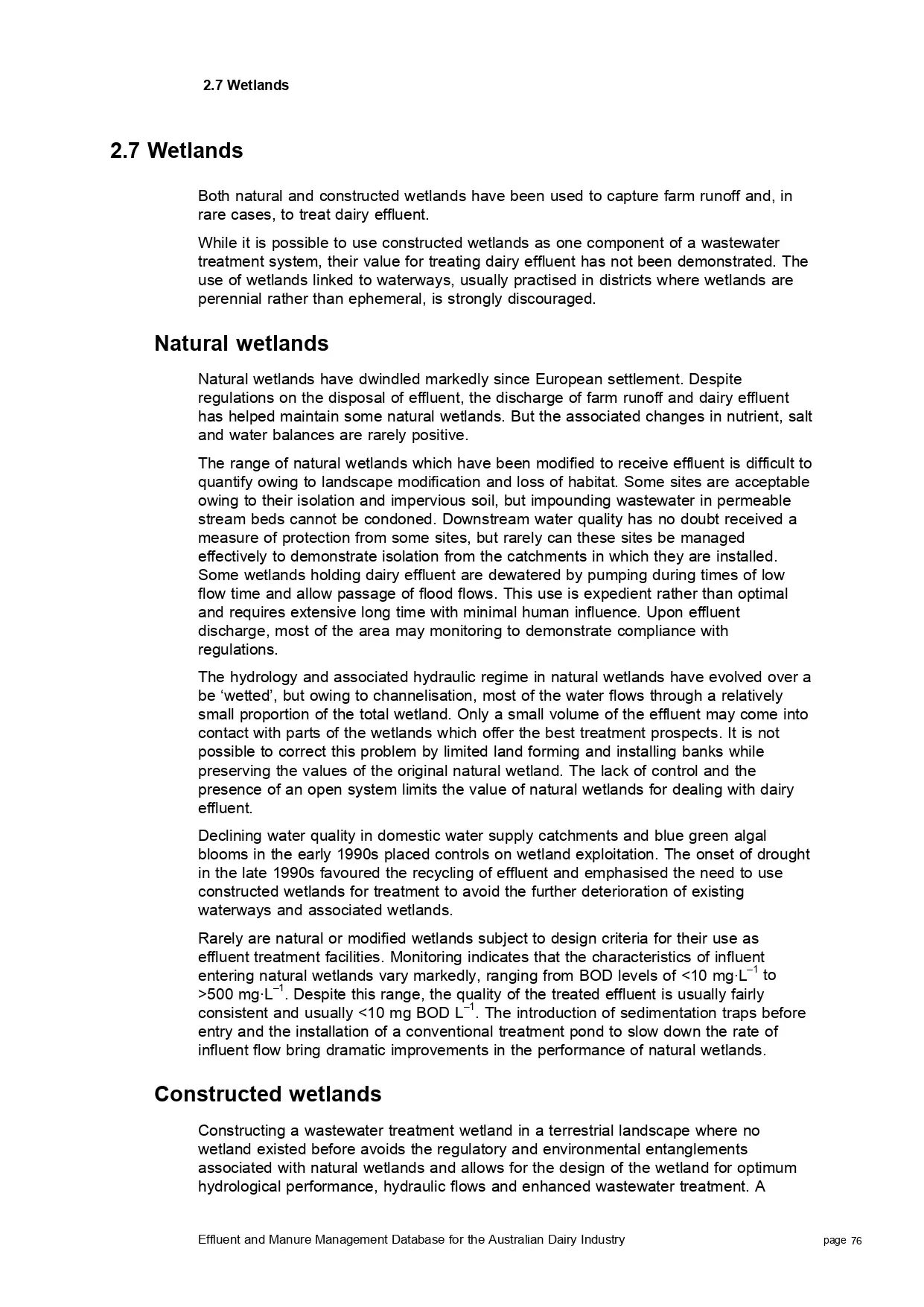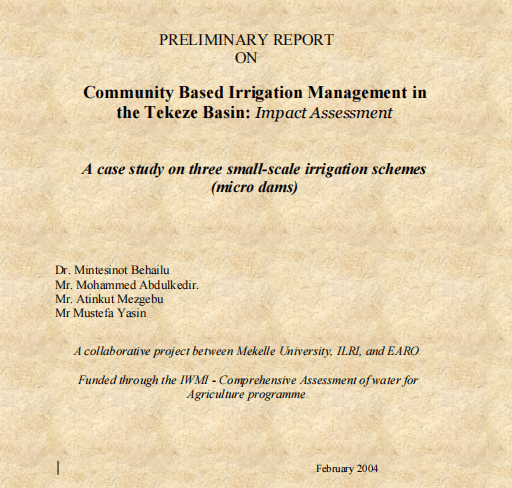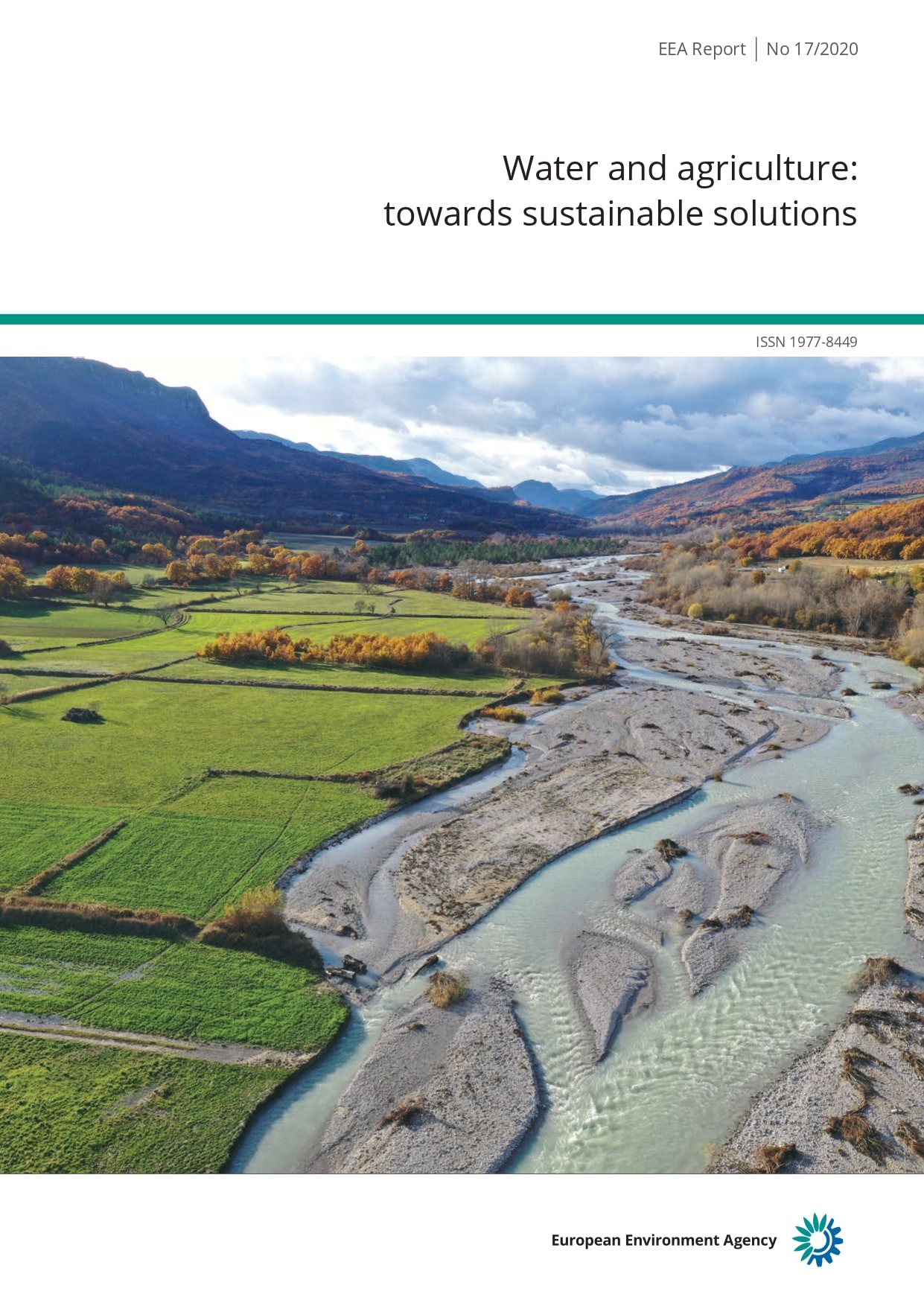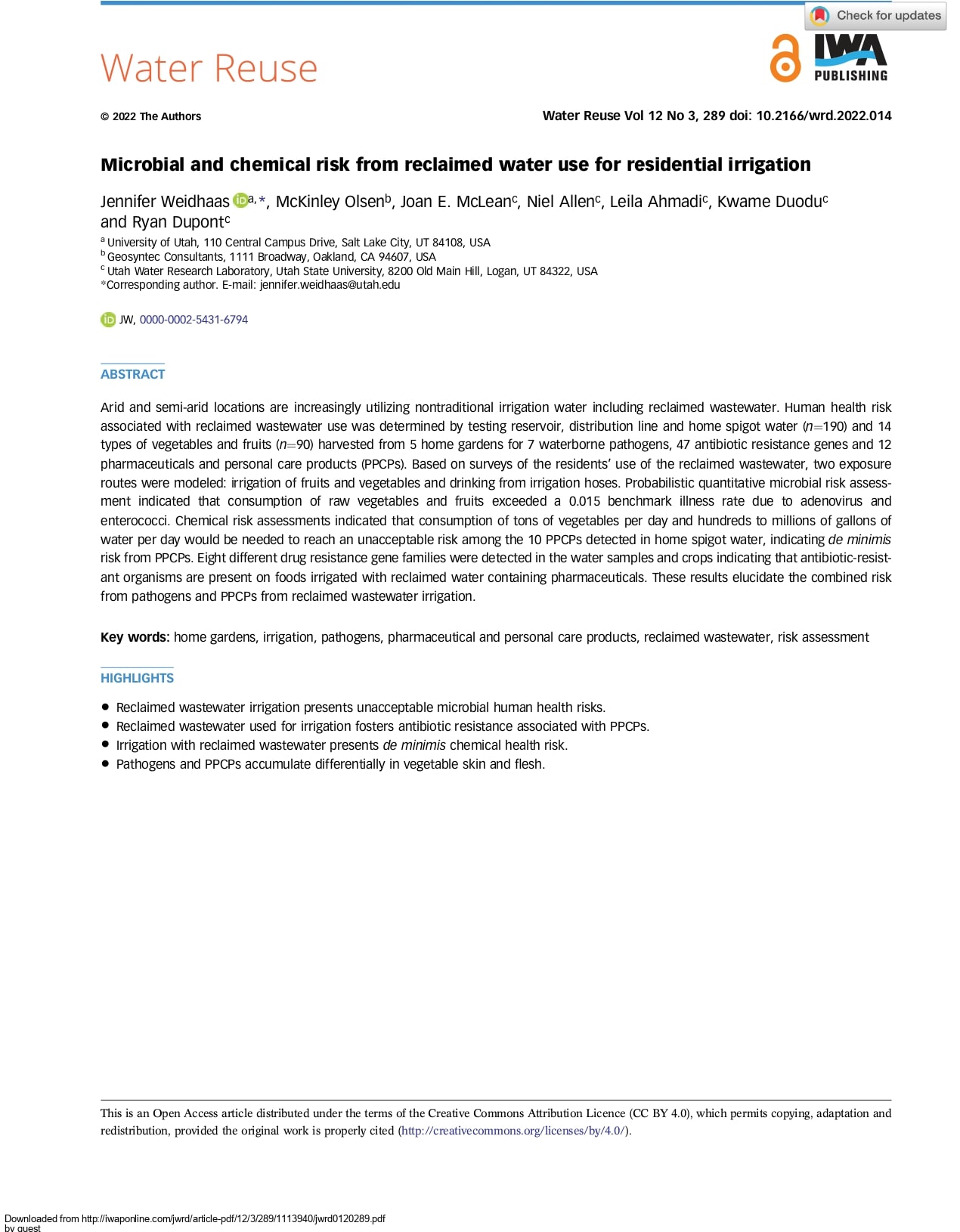Wetlands
Usually dispatched in 2 to 3 days
Usually dispatched in 2 to 3 days
Category:
Irrigation & Agriculture
Both natural and constructed wetlands have been used to capture farm runoff and, in rare cases, to treat dairy effluent.
While it is possible to use constructed wetlands as one component of a wastewater treatment system, their value for treating dairy effluent has not been demonstrated. The use of wetlands linked to waterways, usually practised in districts where wetlands are perennial rather than ephemeral, is strongly discouraged.
Only logged in customers who have purchased this product may leave a review.
Related products
Water and Agriculture: Towards Sustainable Solutions
The main pressures from agriculture are linked to diffuse pollution from nutrients and chemicals, water abstraction and hydromorphological changes. Often several pressures act at the same time, potentially increasing the range of ecological impacts. According to information reported under the WFD, around one third of surface water bodies fail to achieve good status because of one or several of these pressures.
Water and Agriculture: Towards Sustainable Solutions
The main pressures from agriculture are linked to diffuse pollution from nutrients and chemicals, water abstraction and hydromorphological changes. Often several pressures act at the same time, potentially increasing the range of ecological impacts. According to information reported under the WFD, around one third of surface water bodies fail to achieve good status because of one or several of these pressures.
Soil Water Flow And Irrigated Soil Water Balance In Response To Powder River Basin Coalbed Methane Product Water
In the soil columns experiment, A and B horizon materials from sandy loam, silt loam, and clay loam soils were pre-treated with water having salinity and sodicity typical of PRB CBM water or of Powder River (PR) water currently used for irrigation in the basin. Tension infiltrometer measurements were used to determine infiltration flux, first using pre-treatment water, and subsequently deionized (DI) water, simulating rainwater. Measurements were compared by pre-treatment water, horizon, and soil type. Under pre-treatment water testing, the sandy loam and clay loam soils pre-treated with CBM water exhibited smaller infiltration flux values than when pre-treated with PR water. Only the sandy loam soil showed a greater decrease in infiltration flux with DI water on soils pre-treated with CBM relative to PR water pre-treated soils. There was no difference in infiltration flux decrease with DI water between A and B horizon soils, or between smectite and non-smectite soils.
Soil Water Flow And Irrigated Soil Water Balance In Response To Powder River Basin Coalbed Methane Product Water
In the soil columns experiment, A and B horizon materials from sandy loam, silt loam, and clay loam soils were pre-treated with water having salinity and sodicity typical of PRB CBM water or of Powder River (PR) water currently used for irrigation in the basin. Tension infiltrometer measurements were used to determine infiltration flux, first using pre-treatment water, and subsequently deionized (DI) water, simulating rainwater. Measurements were compared by pre-treatment water, horizon, and soil type. Under pre-treatment water testing, the sandy loam and clay loam soils pre-treated with CBM water exhibited smaller infiltration flux values than when pre-treated with PR water. Only the sandy loam soil showed a greater decrease in infiltration flux with DI water on soils pre-treated with CBM relative to PR water pre-treated soils. There was no difference in infiltration flux decrease with DI water between A and B horizon soils, or between smectite and non-smectite soils.















Reviews
There are no reviews yet.